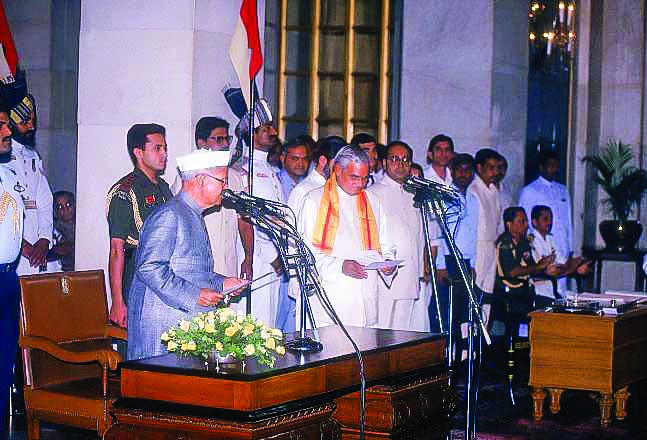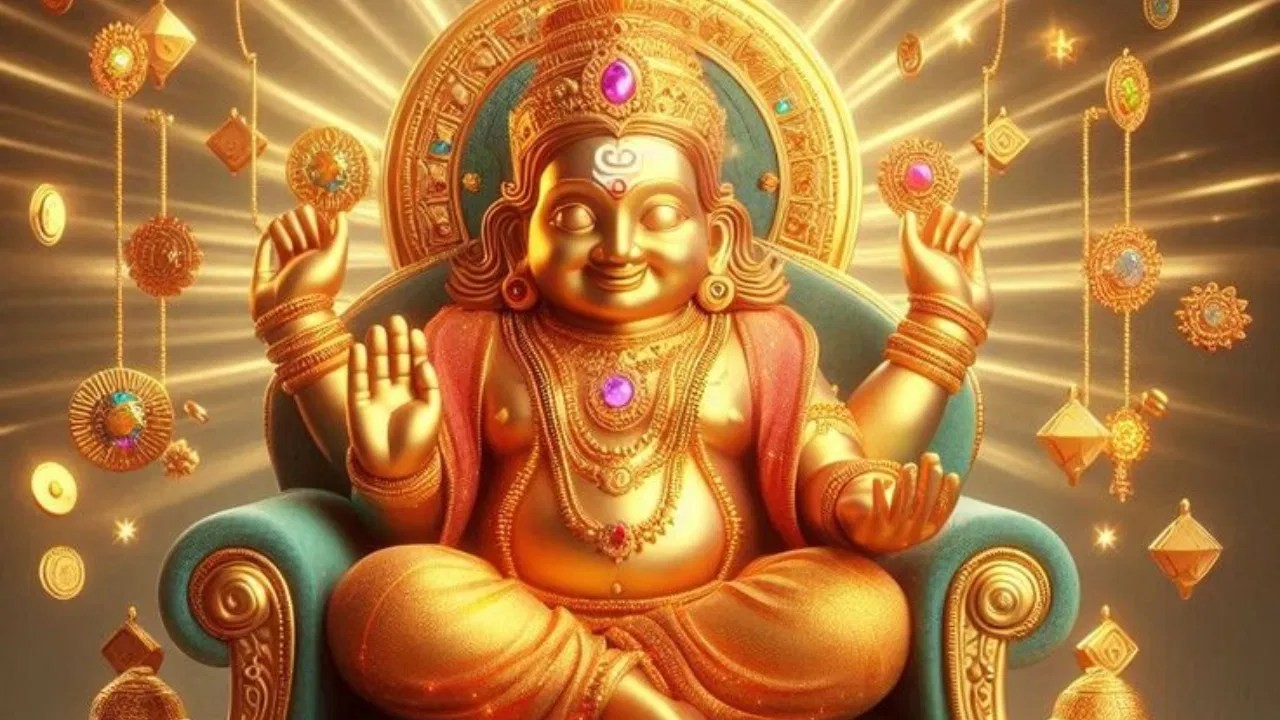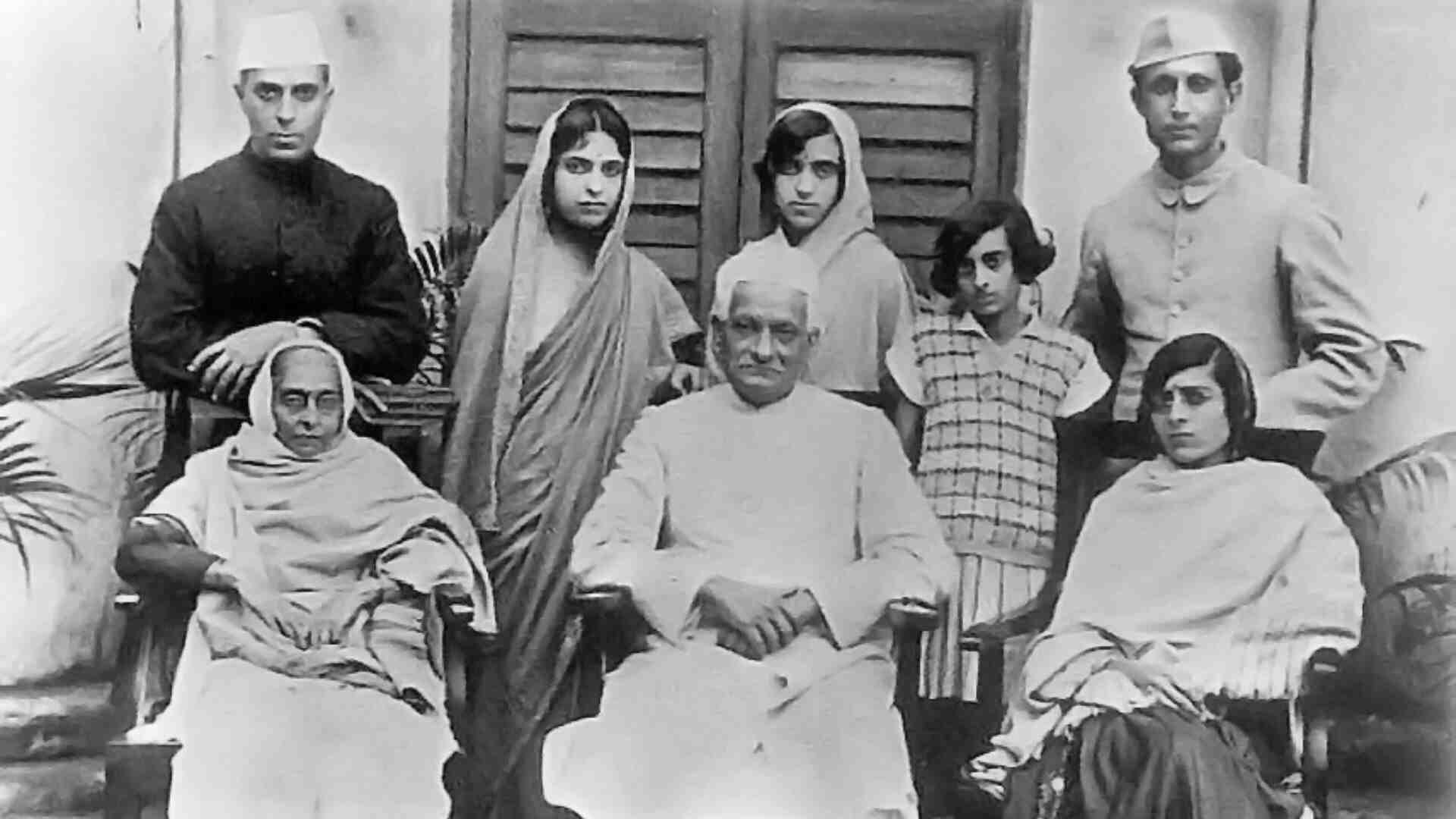The short-lived governments at the Centre in the history of India reflect the complex dynamics of its democracy, characterized by diverse political parties, competing interests, and constant realignments of power.
The first elections to the Lok Sabha took place during 1951–52 and since then there were many incidences where the government at Centre failed to complete its tenure of 5 years. The shortest government tenure at the Centre in India refers to the duration a particular government remains in power at the federal level. This phenomenon often occurs due to various political, socio-economic, or constitutional factors.
In the chronicles of India’s political history, there exist chapters marked by brevity, where governments rise and fall in the blink of an eye, leaving behind a trail of political intrigue and uncertainty. These short-lived tenures at the Centre, though fleeting, offer profound insights into the intricacies of Indian democracy, coalition dynamics, and the challenges of governance in a diverse and pluralistic society.
The phenomenon of short-lived governments in India is not merely a footnote in its political chronicle but a reflection of deeper structural issues and systemic vulnerabilities. Coalition politics, while emblematic of India’s democratic ethos, often amplifies the fragility of governments, making them susceptible to the whims of smaller regional parties and individual ambitions. The absence of a clear parliamentary majority exacerbates this vulnerability, turning every policy decision into a delicate balancing act fraught with the risk of collapse.
Let’s delve into the list of some of the shortest governments in India’s history and explore the reasons behind their brief tenures.
Chaudhary Charan Singh Government (1979): His government holds the record for being the shortest tenure at the Centre, lasting merely 24 days from July 28 to August 28, 1979. It was a coalition government formed after the fall of the Morarji Desai-led Janata Party government. The government’s brief tenure was primarily due to the lack of a stable majority in the Lok Sabha. Charan Singh failed to gather enough support from various political factions, leading to his resignation. He is widely regarded as the “Champion of farmers” after his life has been dedicated to advocating for the wellbeing and rights of farmers. He was awarded Bharat Ratna, highest civilian award of Republic of India, for his contributions to agriculture sector especially in Uttar Pradesh. The Janata Party won the Lok Sabha elections in 1977, its MPs authorised the elder guiding lights of the movement, Jayaprakash Narayan and Acharya Kripalani to choose candidate for the post of Prime Minister. Morarji Desai was chosen and he named Singh Home Minister. Singh was asked to resign in June 1978 following disagreements with Desai, but was brought back to the cabinet as Deputy Prime Minister in January 1979.
In 1979, the Janata government began to unravel over the issue of the dual loyalties of some members to Janata and the Rashtriya Swayamsevak Sangh (RSS)—the Hindu nationalist, paramilitary organisation. Singh, who as the Union home minister during the previous year had ordered the Gandhis’ arrests, took advantage of this and started courting Indira Gandhi’s Congress (I) party. After a significant exodus from the Janata party to Singh’s faction, Morarji Desai resigned as prime minister in July 1979. Singh was appointed prime minister, by President Reddy, after Gandhi and Sanjay Gandhi promised Singh that Congress (I) would support his government from outside on certain conditions. Singh was sworn in as Prime Minister on 28 July 1979, with outside support from Indira Gandhi’s Congress (I) party and with Yeshwantrao Chavan of the Congress (Socialist) party as his Deputy Prime Minister.
Chandra Shekhar Government (1990-1991): Chandra Shekhar’s government lasted for 226 days from November 10, 1990, to June 21, 1991. It was a minority government formed after the collapse of the National Front coalition government led by V.P. Singh. The government faced significant challenges due to internal dissensions and lacked adequate support from major political parties. Eventually, it fell when the Congress Party withdrew its support. He was also known as Jananayak, and served as the 8th Prime Minister of India. He headed a minority government of a breakaway faction of the Janata Dal with outside support from the Indian National Congress. He was the first Indian Prime Minister who had never held any prior government office. Shekhar was prime minister for seven months, the second shortest period after that of Charan Singh. Subramanian Swamy was instrumental in forming this government with the support of Congress. He also handled the portfolios of Defence and Home Affairs during this period. However, his government could not introduce a full budget because on 6 March 1991 Congress withdrew support during its formulation. As a result, Chandra Shekhar resigned the office of the prime minister after 15 days on 21 June.
I.K. Gujral Government (1997-1998): The government led by I.K. Gujral lasted for 324 days from April 21, 1997, to March 19, 1998. It was formed after the collapse of the United Front government led by H.D. Deve Gowda. Gujral’s tenure was marked by political instability, with his government relying on the external support of the Congress Party. However, the withdrawal of support by the Congress Party led to the fall of his government. He became prime minister as the consensus candidate between others that included Lalu Prasad Yadav, Mulayam Singh Yadav; his government was supported by the INC from outside. In the early weeks of his tenure, the Central Bureau of Investigation asked for permission from the Governor of Bihar, A. R. Kidwai, to prosecute the state Chief Minister Lalu Prasad Yadav in a corruption case related to the Fodder Scam, a move that Kidwai sanctioned. Even legal scholars said that Yadav could not escape prosecution.
Subsequently, the demand for the resignation of Yadav was raised both from within and outside the United Front. United Front and Telugu Desam Party leader Chandrababu Naidu and Communist Party of India (Marxist) General Secretary Harkishen Singh Surjeet called for action against Yadav and for the resignation of other RJD members; while the same was said by JD members Sharad Yadav, H. D. Deve Gowda and Ram Vilas Paswan who called for the dismissal of accused RJD members Kanti Singh, Raghuvansh Prasad Singh and Captain Jai Narain Nishad. Though INC chairperson Sitaram Kesri offered minor calls for Yadav’s resignation, Yadav then offered Gujral support to run from any Lok Sabha constituency in Bihar to get his support. Gujral, however, was silent on the matter, but later controversially transferred the CBI director Joginder Singh, who was investigating the case against Yadav, and replaced him with R. C. Sharma, who said Gujral would directly control the CBI and that the pace of investigating many sensational cases “will definitely slacken now.” However, Yadav was still expelled from the party by JD leader Sharad Yadav, before forming his own Rashtriya Janata Dal in 1997.
V.P. Singh Government (1989-1990): V.P. Singh’s government lasted for 343 days from December 2, 1989, to November 10, 1990. It came into power after the general elections in 1989, riding on the wave of anti-corruption sentiments with the promise of implementing the Mandal Commission recommendations. However, Singh’s decision to implement reservations for Other Backward Classes (OBCs) in government jobs and educational institutions led to widespread protests and political unrest. The withdrawal of support by the BJP over the Mandal issue and subsequent loss of majority support in the Lok Sabha resulted in the fall of his government.
Deve Gowda Government (1996-1997): H.D. Deve Gowda’s government lasted for 324 days from June 1, 1996, to April 21, 1997. It was formed after the collapse of the Atal Bihari Vajpayee-led BJP government. Deve Gowda’s tenure was marked by challenges in managing the diverse coalition of regional parties comprising the United Front. The government faced criticism for its inability to address economic reforms adequately and maintain stability. Internal disagreements and power struggles within the coalition, coupled with external pressures, eventually led to the fall of his government.
Atal Bihari Vajpayee Government (1996): Vajpayee’s government in 1996 lasted for only 13 days, from May 16 to May 28, 1996. It was formed after the general elections resulted in a hung parliament. Despite being the single largest party, the BJP-led coalition government failed to secure a majority and resigned before facing a vote of confidence. The lack of adeq zuate support from other parties led to the downfall of the government.
During a BJP conference in Mumbai in November 1995, BJP President Advani declared that Vajpayee would be the party’s prime ministerial candidate in the forthcoming elections. Vajpayee himself was reported to be unhappy with the announcement, responding by saying that the party needed to win the election first. The BJP became the single largest party in Parliament in the 1996 general election, helped by religious polarisation across the country as a result of the demolition of the Babri Masjid. Indian president Shankar Dayal Sharma invited Vajpayee to form the government. Vajpayee was sworn in as the 10th prime minister of India, but the BJP failed to muster a majority among members of the Lok Sabha. Vajpayee resigned in less than two weeks, when it became clear that he did not have enough support to form a government. Vajpayee was an Indian politician and poet who served three terms as the 10th Prime Minister of India, first for a term of 13 days in 1996, then for a period of 13 months from 1998 to 1999, followed by a full term from 1999 to 2004. He was the first non-Indian National Congress prime minister to serve a full term in the office. Vajpayee was one of the co-founders and a senior leader of the Bharatiya Janata Party. He was a member of the RSS, a Hindu nationalist volunteer organisation. He was also a Hindi poet and a writer.
Inder Kumar Gujral Government (1997-1998): Gujral’s government lasted for 332 days from April 21, 1997, to March 19, 1998. It was formed after the collapse of the H.D. Deve Gowda-led United Front government. Gujral’s tenure was marked by coalition politics and external support from the Congress Party. However, the withdrawal of support by the Congress Party eventually led to the fall of his government. Gujral became prime minister as the consensus candidate between others that included Lalu Prasad Yadav, Mulayam Singh Yadav; his government was supported by the INC from outside.
In the early weeks of his tenure, the Central Bureau of Investigation asked for permission from the Governor of Bihar, A. R. Kidwai, to prosecute the state Chief Minister Lalu Prasad Yadav in a corruption case related to the Fodder Scam, a move that Kidwai sanctioned. Even legal scholars said that Yadav could not escape prosecution. Subsequently, the demand for the resignation of Yadav was raised both from within and outside the United Front. United Front and Telugu Desam Party leader Chandrababu Naidu and Communist Party of India (Marxist) General Secretary Harkishen Singh Surjeet called for action against Yadav and for the resignation of other RJD members; while the same was said by JD members Sharad Yadav, H. D. Deve Gowda and Ram Vilas Paswan who called for the dismissal of accused RJD members Kanti Singh, Raghuvansh Prasad Singh and Captain Jai Narain Nishad. Though INC chairperson Sitaram Kesri offered minor calls for Yadav’s resignation, Yadav then offered Gujral support to run from any Lok Sabha constituency in Bihar to get his support. Gujral, however, was silent on the matter, but later controversially transferred the CBI director Joginder Singh, who was investigating the case against Yadav, and replaced him with R. C. Sharma, who said Gujral would directly control the CBI and that the pace of investigating many sensational cases “will definitely slacken now.” However, Yadav was still expelled from the party by JD leader Sharad Yadav, before forming his own Rashtriya Janata Dal in 1997.
These short duration governments can be attributed to various factors, including political instability, coalition dynamics, lack of majority support in the parliament, and the inability to fulfill promises or manage crises effectively. Additionally, the complexities of India’s multi-party democracy often lead to frequent changes in government, especially when alliances are fragile or based on opportunistic arrangements. These brief tenures underscore the challenges of governance in a diverse and pluralistic democracy like India, where coalition politics often dictate the stability and longevity of governments at the Centre.























